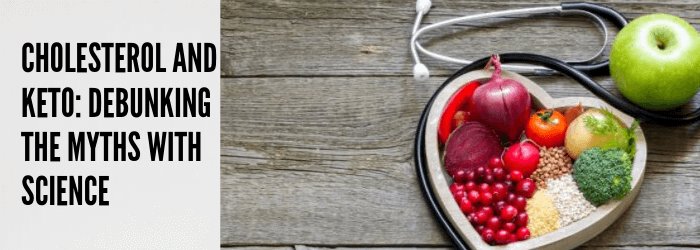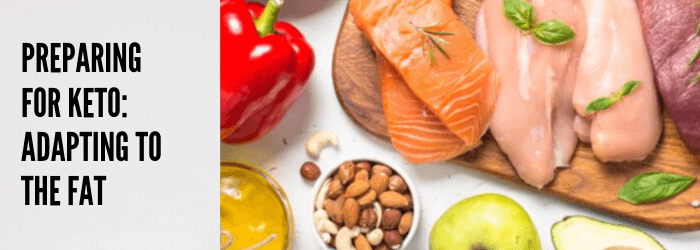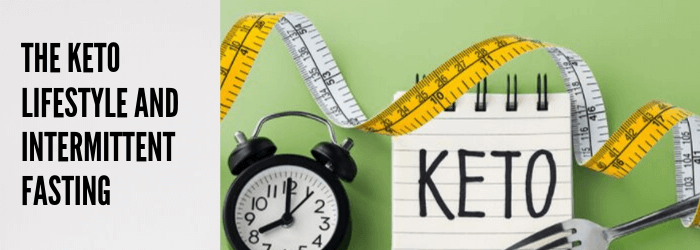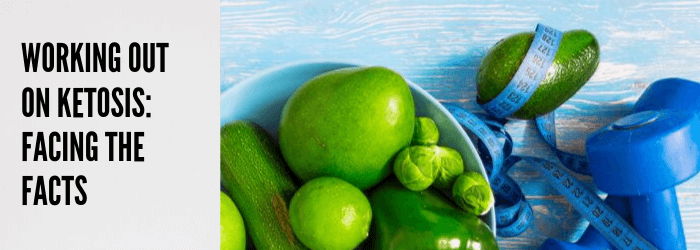Keto Flu: What Is It And How Can I Beat It?
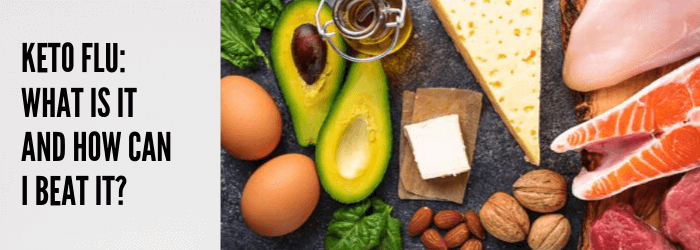
You will probably start experiencing what is known as the “keto flu” in the first week of your ketogenic transformation. Firstly, don’t freak out! The best thing about keto flu is that if you have it, there’s a good chance you’re doing everything right. Think of the keto flu as a rite of passage or an initiation into the fat-fueled future.
Read on to find out why keto-flu is a thing, what it means for my ketogenic diet, and what you can do to soften the blow.

What’s Happening In My Body?
You’re using up all your stored carbohydrates, that’s what! And it’s a very good sign that you are following the ketogenic diet to the T. When you are eating mostly fats for fuel on the ketogenic diet, you generally need to restrict the number of carbohydrates you eat to maximum 5% of your daily macronutrient intake to give the body the perfect climate to start producing ketones.
However, right at the beginning when you first cut carbs, the body isn’t used to making ketones, so it uses the last of the stored carbohydrates in our body it can find, namely, glycogen.
For every 4g of glycogen stored in the muscle tissues, it can hold 1g of water. So, when you are entering ketosis, you are flushing out a lot of water weight.
Yay! … Right?
Yes, to a large degree. The only problem is that with the water we lose comes important minerals we need for the proper functioning of the body. We call these water-born minerals electrolytes, and we need to replenish them when they are running low. After a big game or a long run, it’s very important to take in not only water but sodium, magnesium and potassium to balance electrolytes.
The same thing essentially happens when we get the keto flu. As we burn through the last of our muscle glycogen and flush out water, our electrolyte balance gets out of wack.
This explains why, when you have keto flu, you feel fatigued, achy and sick sometimes. So what can we learn from this?
Replenish Those Electrolytes!
One way of sticking it to the keto flu is staying hydrated with good mineral-enriched water. Think sports drink, for keto-ers. For the first week or two, try dissolving some pink Himalayan salt (not table salt) into your water to replenish your sodium.
Then, either consider taking a multi-vitamin that has both potassium and magnesium or add these mineral-rich keto-friendly foods generously to your meals:
spinach, almonds, avocado, cocoa, swiss chard, Bulgarian/Greek yogurt, salmon, coconut water.
What About My Blood Sugar On Keto?
When your body first tries to produce ketones from fat, it takes a while to get up to full power. In the beginning, you may be producing fewer ketones than your body has the potential to produce because of this “adjustment period”. This leaves you open to feeling run-down and tired as your body runs out of glucose to use as energy.

This is where the resilience part comes in. Part of beating keto flu is just waiting it out. You are bound to feel miles better from around day 7 onward, as your metabolism begins revving up, ketosis style.
One more thing to remember to do is eat enough fat! Don’t fuss over calories-in calories-out the first week, rather focus on easing your body into ketosis, getting good amounts of polyunsaturated fats like avocados, seeds and olive oil for optimal ketone levels.
You may even benefit from adding an exogenous ketone supplement to your diet for the first while if you won’t be able to eat a lot of these good, healthy fats.
What Are Exogenous Ketone Supplements, Even?
Exogenous ketones are ketones that were created outside the body, as opposed to endogenous ketones which your body produces naturally when you are deprived of carbs.
Endogenous ketones can either come from stored body fat that is being broken down for energy, or from metabolizing the fat you eat, while you have to take exogenous ketones as a supplement.
Beta-Hydroxybutyrate (BHB) is an exogenous ketone that is bio-identical to the ketones our bodies make, and is bound to a substrate, also called a “ketone salt”. Ketone salts are not only useful because they have energizing BHB, but also because the compounds used are generally sodium or magnesium, our precious electrolyte-balancing minerals!
Some supplements contain MCT oil, or Medium Chain Triglycerides, found in natural lipids like coconut oil. Although MTC does not contain beta-hydroxybutyrate itself, it is easily converted into it and raises BHB levels in the body.
The bottom line on taking a ketone supplement to help with keto-flu is to buy a high-quality product from a trusted and reputable source. You need to be sure that the ingredients are all FDA approved, and that you understand what each of them does in your body. Joining our KetoXpert crew is one of the best ways to stay supplement-savvy, FYI!
After all, the minerals have been replenished and all the glycogen oxidized, it’s still really important to have a few trusted people you can count on to hear advice from and vent frustrations to.
Living the ketogenic lifestyle is a human effort, not just a clinical one. If you aren’t lucky enough to have your own personal keto cheerleading squad at home, you’ll always have one here on KetoXpert.
References
Jung, Alan P, et al. “Influence of Hydration and Electrolyte Supplementation on Incidence and Time to Onset of Exercise-Associated Muscle Cramps.” Journal of athletic training vol. 40,2 (2005): 71-75.
Masood W, Uppaluri KR. Ketogenic Diet. [Updated 2019 Mar 21]. In: StatPearls [Internet]. Treasure Island (FL): StatPearls Publishing; 2019 Jan-. Available from: https://www.ncbi.nlm.nih.gov/books/NBK499830/
Forsythe CE, Phinney SD, Fernandez ML, et al. Comparison of low fat and low carbohydrate diets on circulating fatty acid composition and markers of inflammation. Lipids 2008; 43:65–77 http://dx.doi.org/10.1007/s11745-007-3132-7
Stern L, Iqbal N, Seshadri P, et al. The effects of low-carbohydrate versus conventional weight-loss diets in severely obese adults: one-year follow-up of a randomized trial. Ann Intern Med 2004; 140:778–85 http://dx.doi.org/10.7326/0003-4819-140-10-2004051...
Copyright text 2020 by KetoXpert.com Important Disclaimer: The information contained on KetoXpert.com is intended for informational and educational purposes only. KetoXpert.com is a participant in the Amazon Services LLC Associates Program, an affiliate advertising program designed to provide a means for sites to earn advertising fees by advertising and linking to KetoXpert.com.

